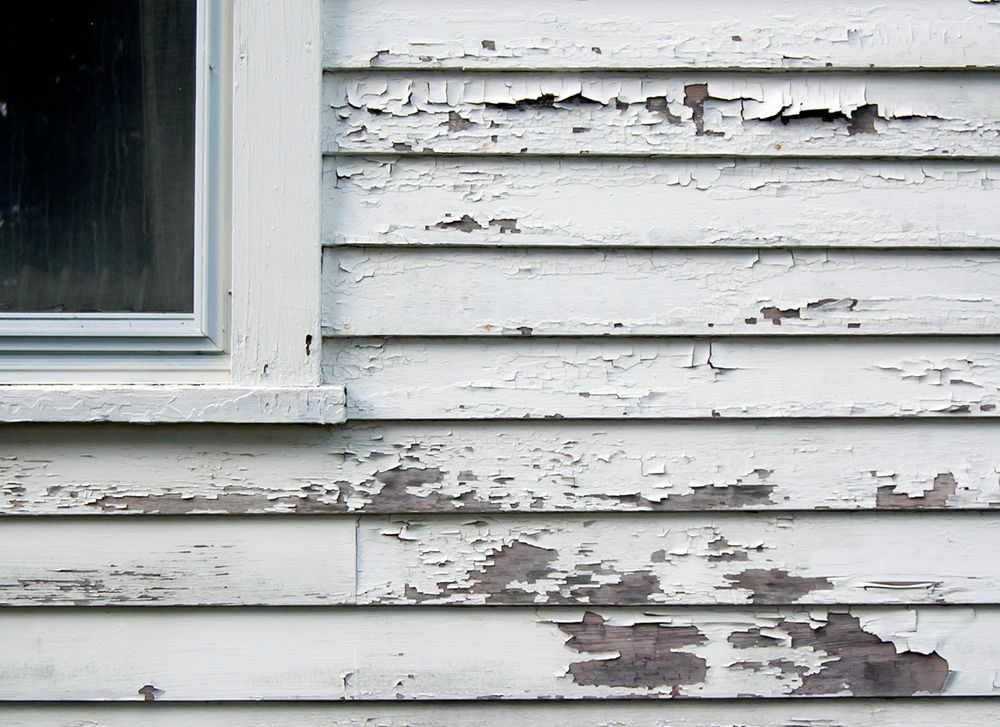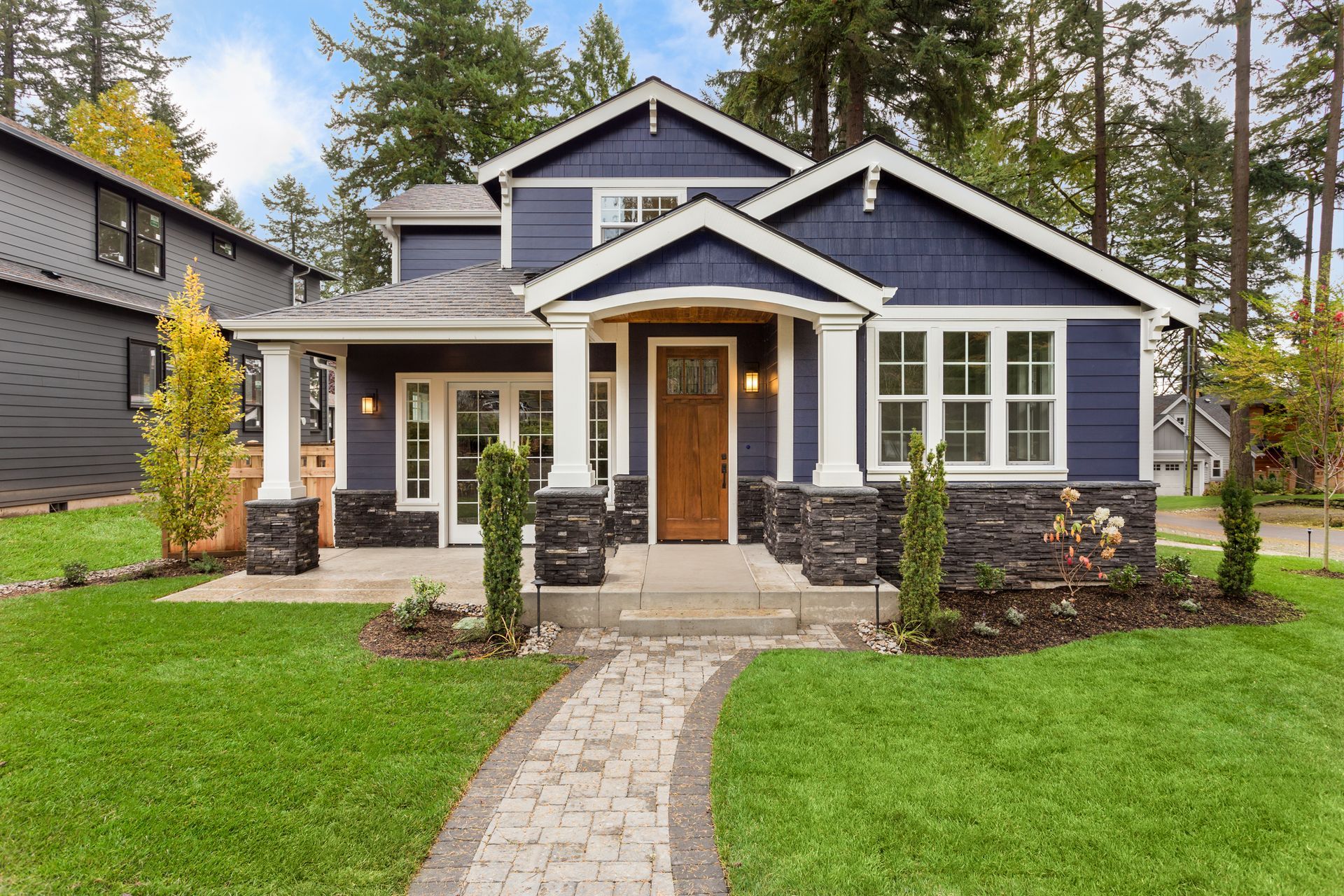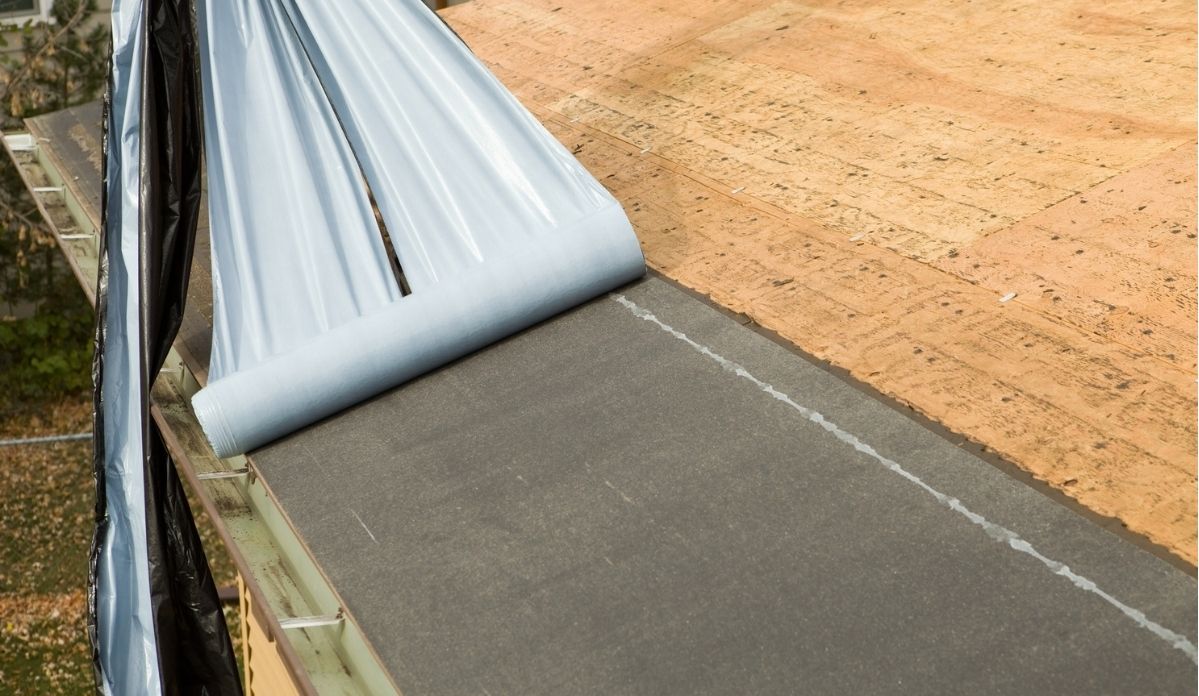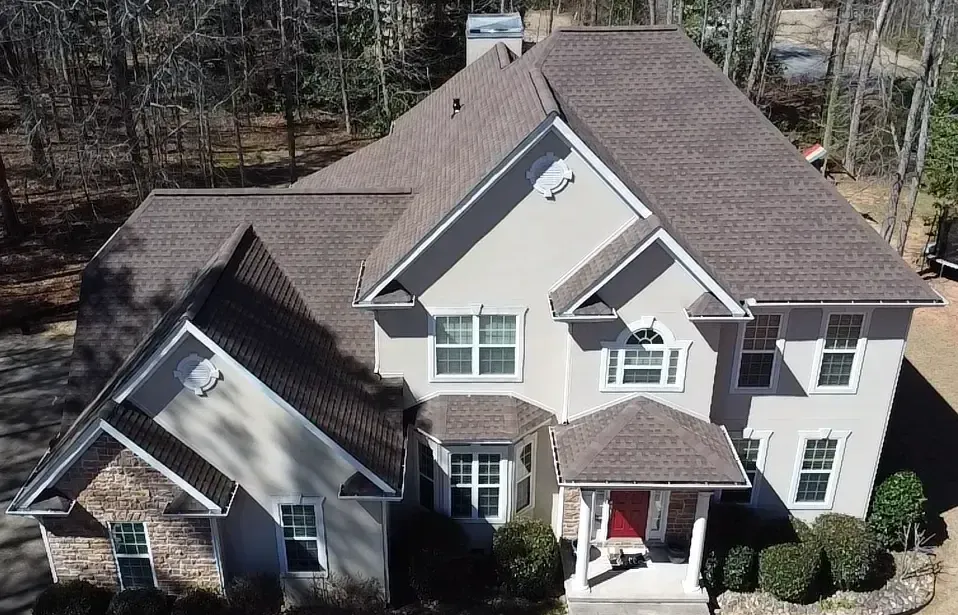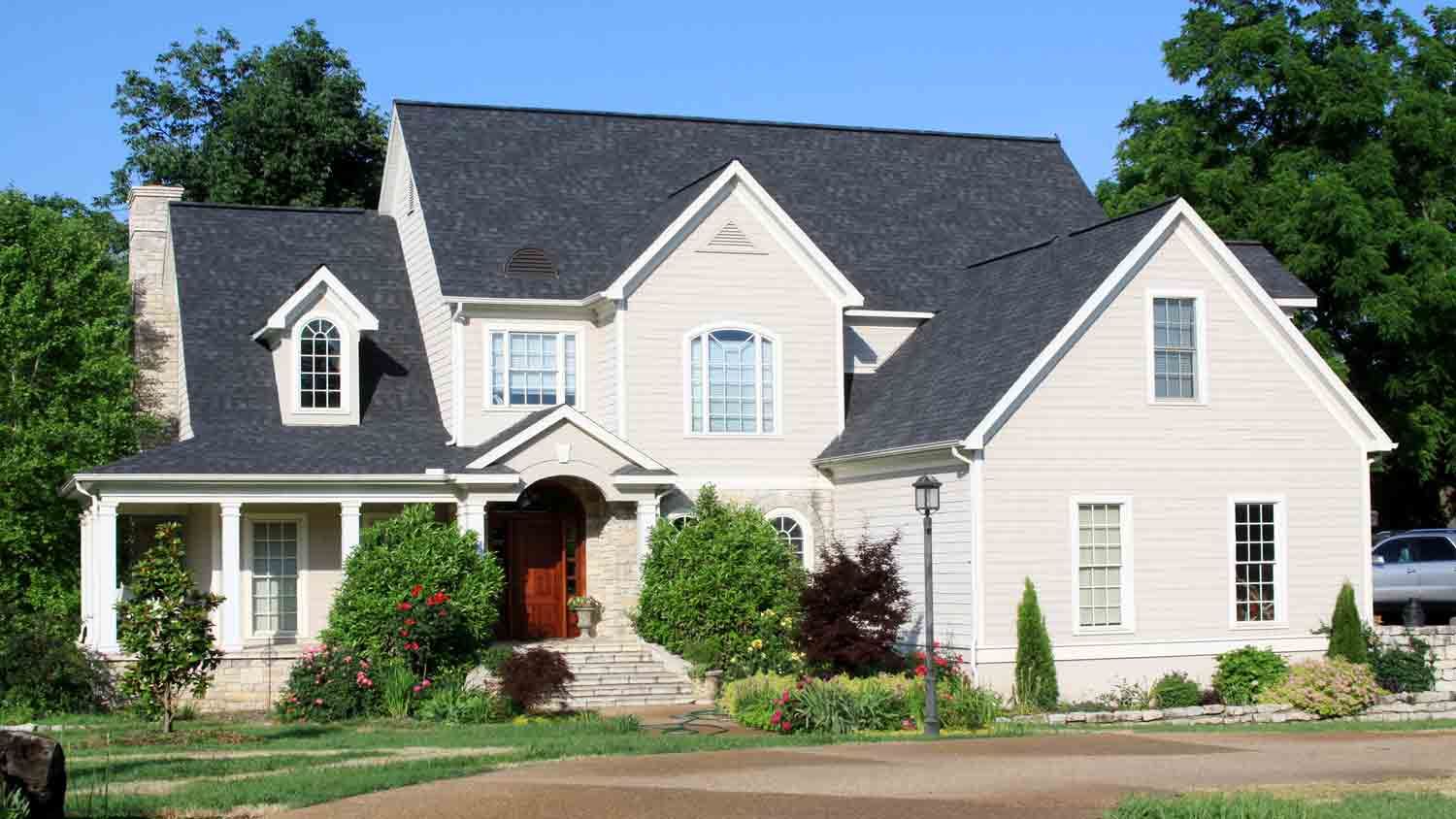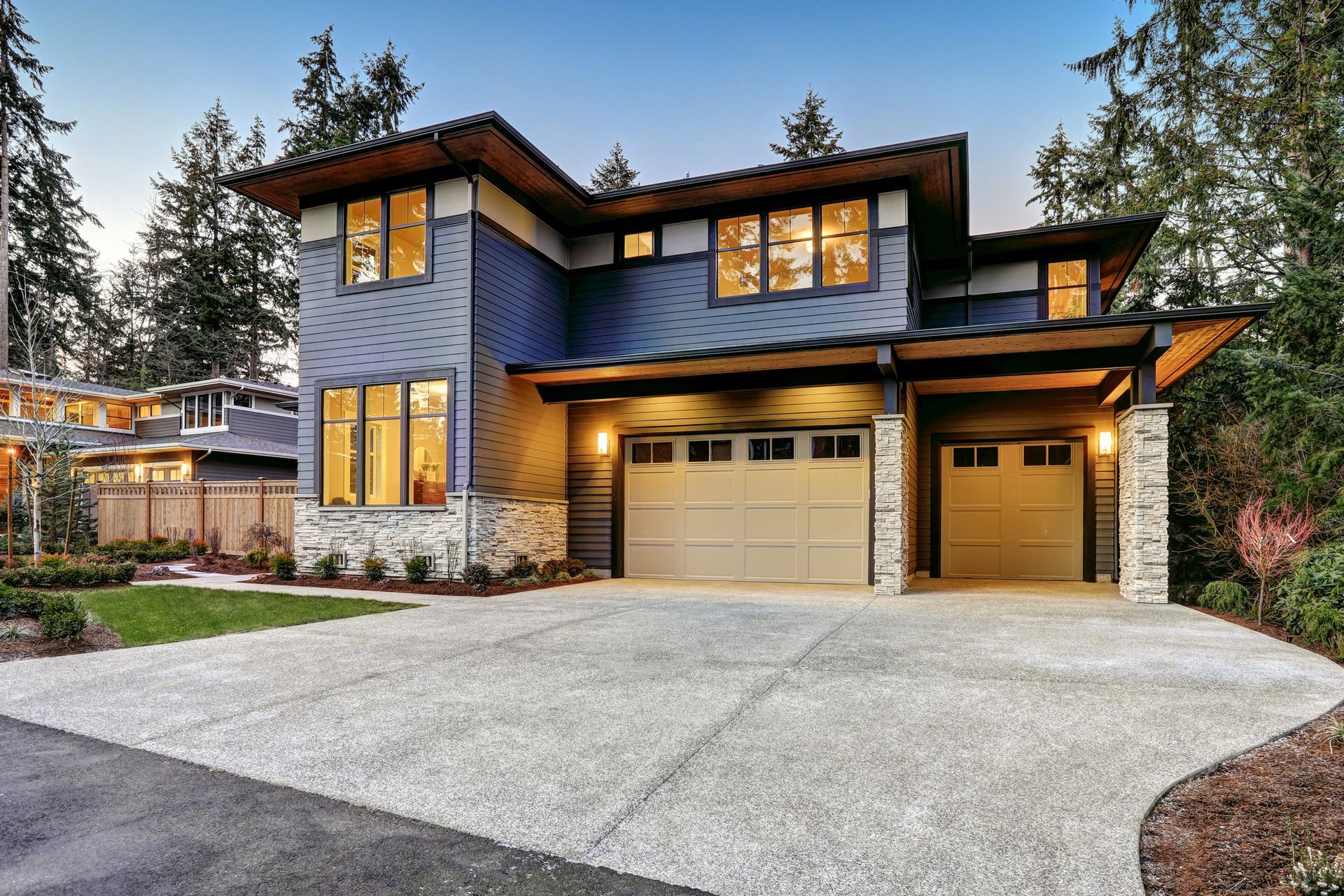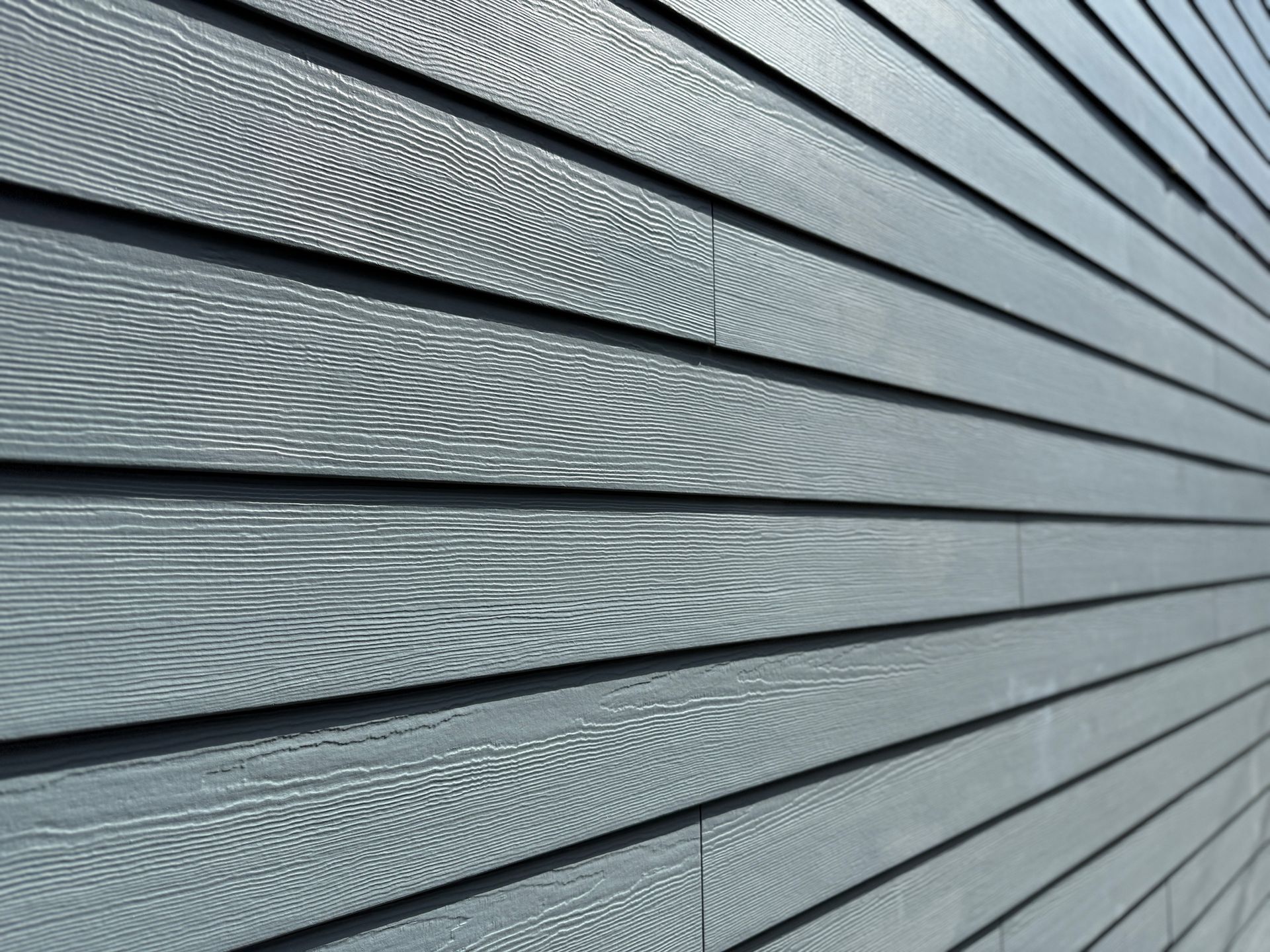Five Signs You May Need New Siding
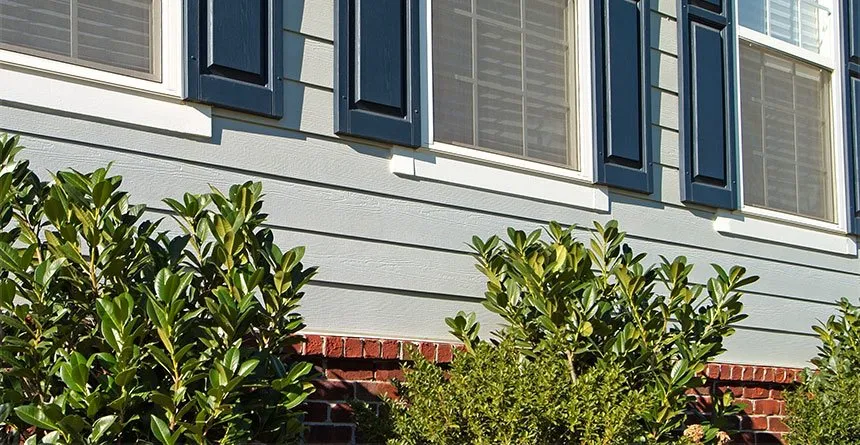
Your home's siding does more than just add curb appeal—it plays a crucial role in protecting your home from the elements, maintaining energy efficiency, and preventing structural damage. Over time, however, siding can deteriorate due to weather conditions, age, and poor installation. If left unchecked, damaged siding can lead to serious issues, including water infiltration, mold growth, and even structural failure.
But how do you know when it's time to replace your siding? Here are five signs that indicate it might be time to invest in new siding for your home.
1. Cracking, Warping, or Buckling
One of the most obvious signs that your siding needs replacement is visible damage. If you notice cracks, warping, or buckling along the exterior, it means the material is no longer holding up against the elements.
- Cracks in siding allow moisture and pests to penetrate, leading to further damage underneath.
- Warping or buckling siding can lead to rot and decay in the underlying structure.
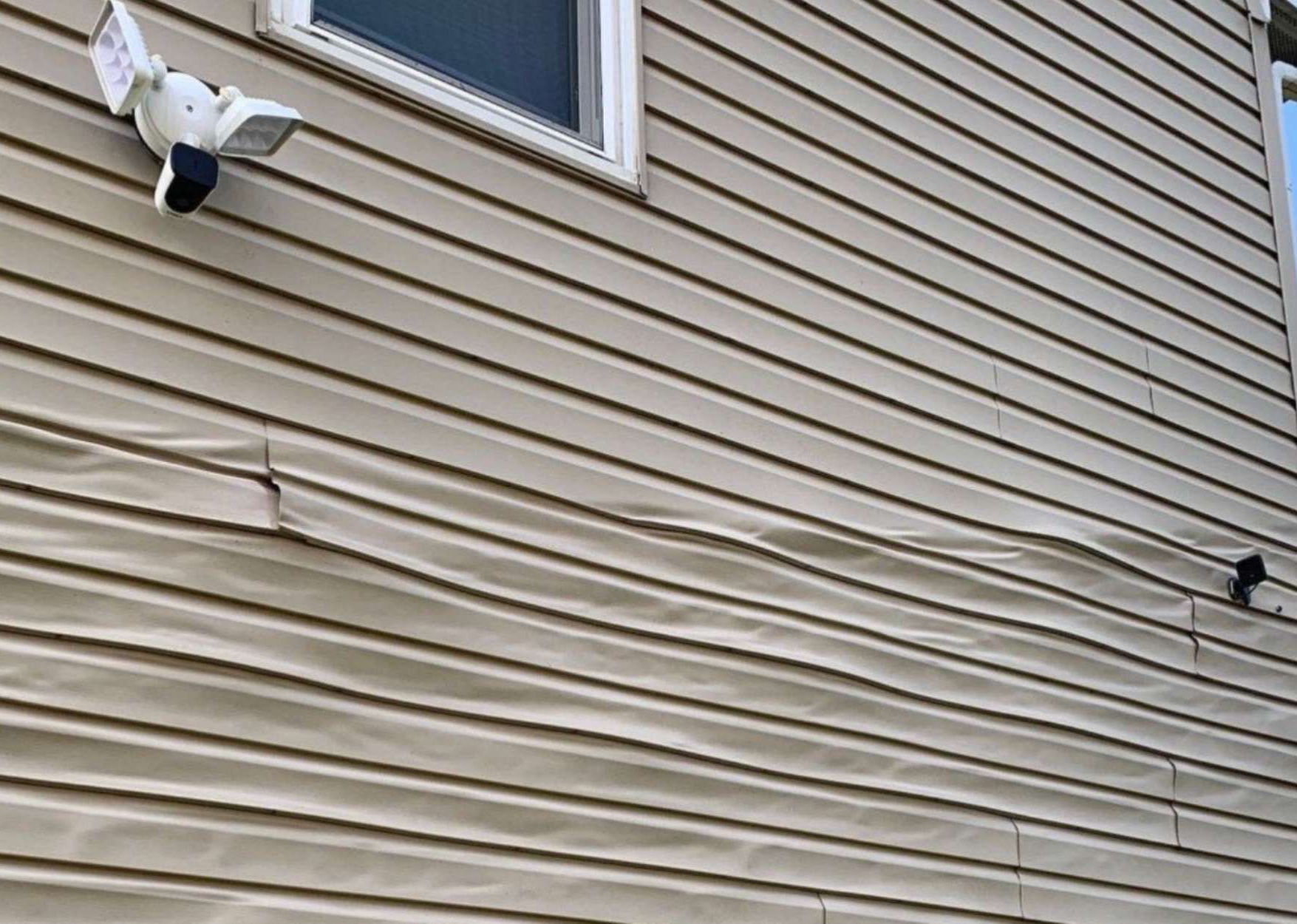
2. Excessive Peeling & Fading Paint
Siding is designed to withstand years of sun exposure, wind, and rain, but over time, it will fade and deteriorate.
- If your siding peels quickly or requires frequent painting, it’s a sign that the material is no longer holding up.
- Vinyl and fiber cement siding are engineered to last decades without fading, so excessive paint peeling or discoloration means your current siding is at the end of its lifespan.
- Faded siding can also lower your home’s curb appeal and resale value.
3. Mold & Mildew Growth
Have you noticed dark streaks, mold, mildew, or green algae growing on your siding? These growths are usually a sign of excess moisture buildup, which can indicate that your siding is no longer properly repelling water.
- Mold and mildew don’t just damage your home—they can also lead to health issues for your family.
- If the moisture is trapped behind the siding, it can rot the wooden framework of your home, causing severe structural damage.
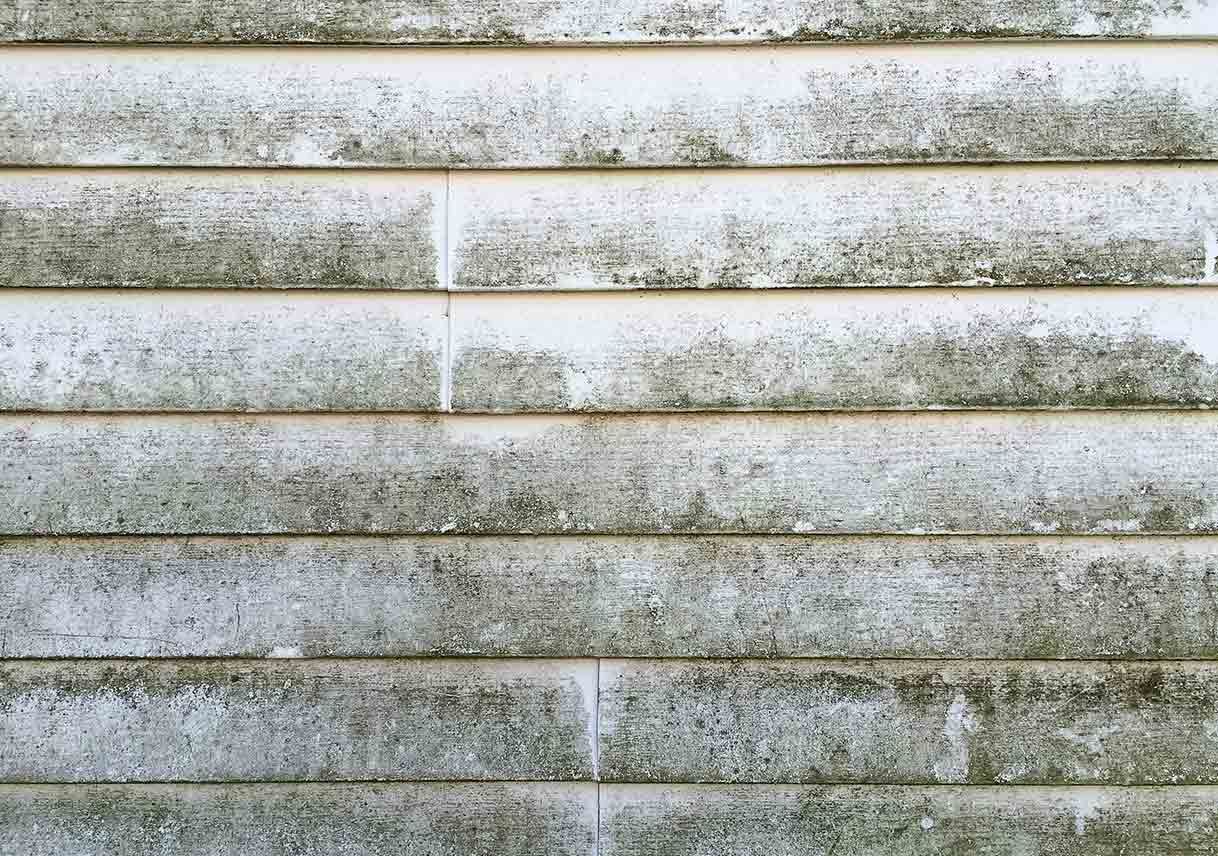
4. Widespread Gaps & Loose Panels
Gaps or loose siding panels might not seem like a big issue at first, but they can lead to major problems:
- Water can seep behind loose panels, causing hidden mold growth and structural damage.
- High winds and storms can easily tear off loose siding, leaving your home exposed.
- Pests like termites, carpenter ants, and rodents love to nest in small gaps behind loose siding.
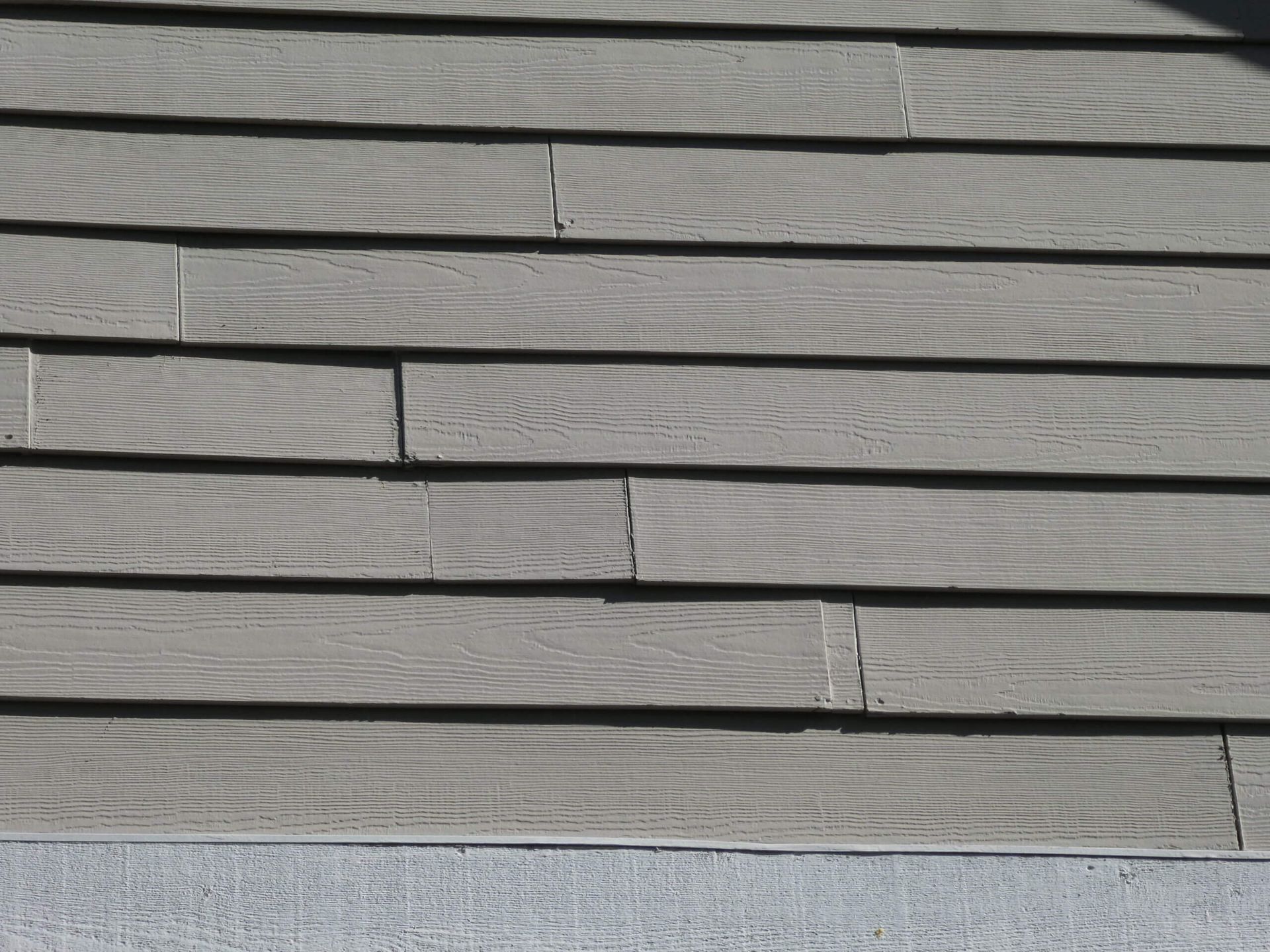
5. Rotting or Soft Spots
Wood-based siding materials are especially prone to rotting over time, but even fiber cement siding can develop soft spots when moisture seeps in if it is not properly installed or maintained.
- Run your hand along the siding. If you feel soft or spongy areas, that means rot has set in.
- Rotting siding loses its strength, making it vulnerable to storms, pests, and water damage.
- Ignoring this issue can lead to costly repairs, as moisture spreads and weakens the structure of your home.
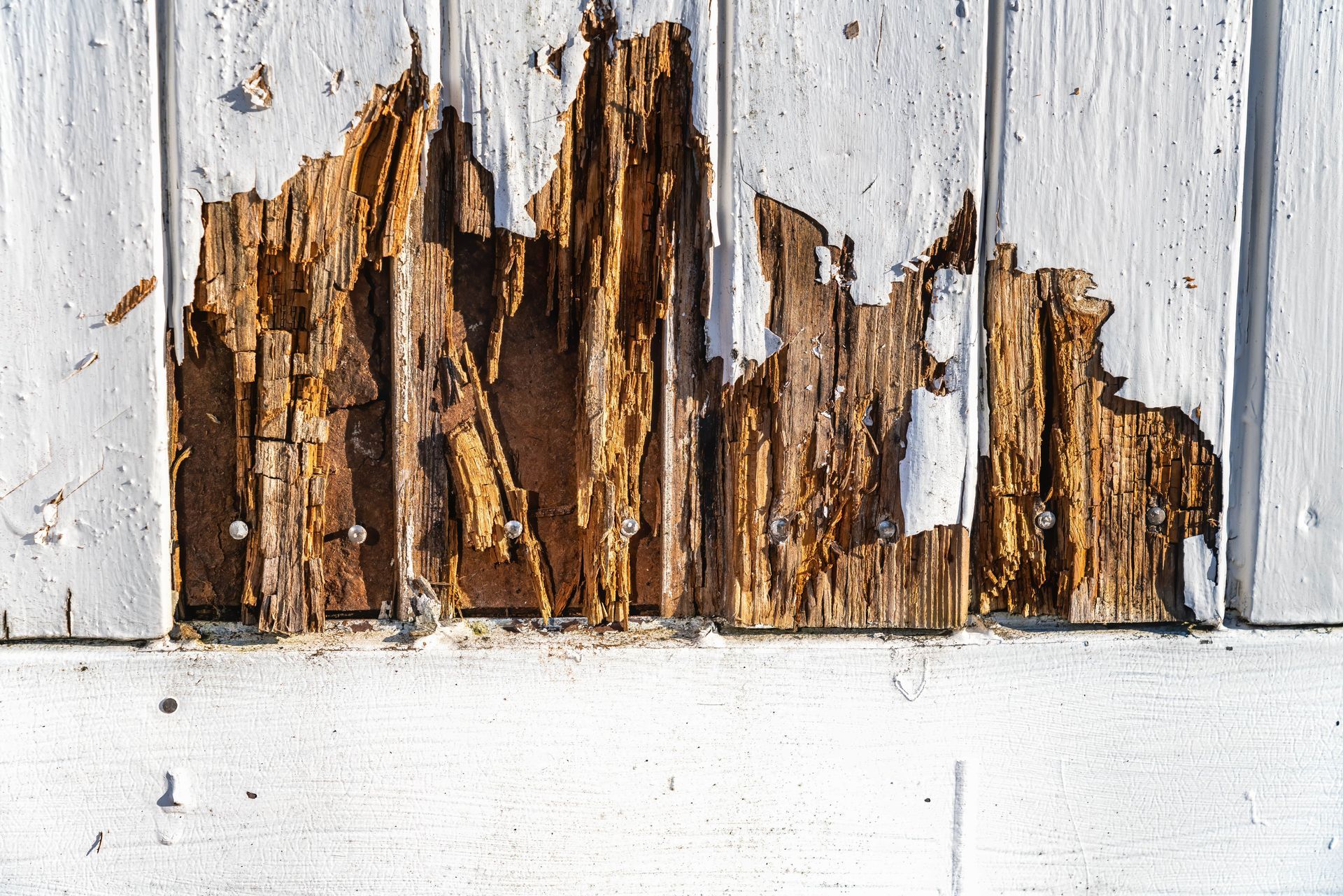
Why Replacing Your Siding Is a Smart Investment
If you’ve noticed one or more of these signs, don’t wait until the damage becomes too expensive to fix. Investing in new siding comes with major benefits:
- Increases home value – Boosts curb appeal and resale potential
- Improves energy efficiency – Reduces heating & cooling costs
- Prevents costly water damage – Keeps your home protected from the elements
- Enhances durability – Modern materials like James Hardie fiber cement last 30+ years
- Low maintenance – No need for constant painting or repairs
If you’re seeing these signs, don’t wait. At Matt’s Exteriors, we specialize in James Hardie siding replacement.

